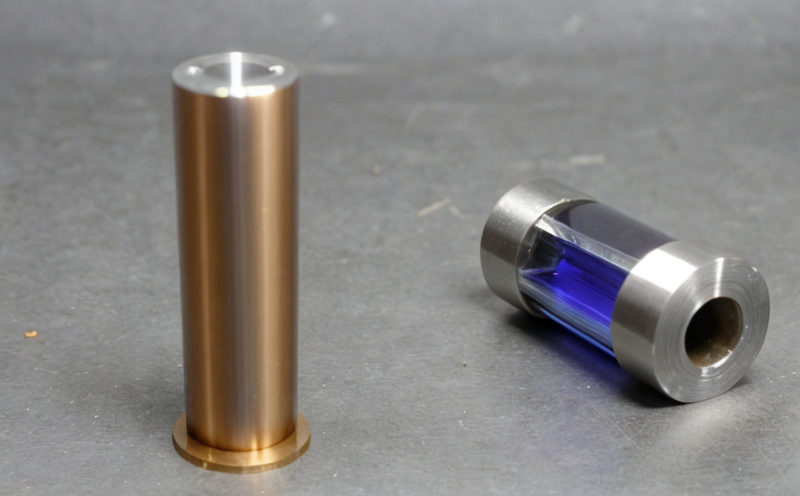Fabric growth resistance testing in sportswear fabrics
Textile manufacturing is a complex process that involves numerous stages, from raw material selection to final product design and development. One critical aspect of this process is ensuring the dimensional stability of fabric materials used in various applications, including sportswear. The ability of fabrics to resist growth or shrinkage under different environmental conditions can significantly impact their performance and customer satisfaction.
Fabric growth resistance testing specifically aims at assessing how well a textile retains its original dimensions after exposure to specific environmental factors such as washing, drying, and stretching. This test is particularly important for sportswear manufacturers because it ensures that the garments maintain their fit over time, which is crucial for comfort and performance.
The standard method for fabric growth resistance testing follows international guidelines like ISO 13938-4:2017, which provides a comprehensive approach to evaluating the dimensional stability of woven fabrics. This includes measuring the change in linear dimensions before and after exposure to defined wash cycles according to specified temperature, time, and water levels.
For sportswear manufacturers, this test is essential because it helps them select materials that not only meet aesthetic requirements but also provide long-lasting performance. By understanding how different fabrics behave under various conditions, companies can optimize their product designs for durability and fit across diverse climatic regions where the garments will be used.
In practice, fabric growth resistance testing involves several key steps:
- Preparation of test samples: Selecting appropriate cut pieces from each batch or lot to represent typical production conditions.
- Washing and drying procedures: Following the prescribed protocol outlined in ISO 13938-4, which includes washing at specific temperatures and durations followed by drying.
- Measurement of dimensions: Using precision instruments such as micrometers or laser scanners to measure changes in length and width accurately before and after treatment.
- Data interpretation: Comparing pre-and post-treatment measurements against established tolerances set forth in relevant standards.
The results from these tests provide valuable insights into the suitability of various fabrics for specific uses within the sportswear industry. They also enable manufacturers to make informed decisions about selecting optimal materials based on expected performance under real-world conditions.
Eurolab Advantages
At Eurolab, we understand the importance of accurate and reliable fabric growth resistance testing in ensuring high-quality sportswear. Our state-of-the-art facilities equipped with advanced instrumentation allow us to conduct these tests under strict control parameters that closely mimic actual usage scenarios.
- Accurate Measurement Tools: We utilize high-precision measuring devices such as digital calipers and laser scanners, ensuring precise measurement of fabric dimensions before and after each cycle.
- Compliance with International Standards: Our lab adheres strictly to ISO 13938-4:2017, guaranteeing that all tests are conducted according to internationally recognized specifications.
- Consistent Results: By maintaining consistent environmental conditions throughout our testing processes, we ensure reproducible outcomes that can be relied upon for decision-making purposes.
International Acceptance and Recognition
The importance of fabric growth resistance testing extends beyond just internal quality assurance; it plays a crucial role in meeting international standards and gaining market acceptance. Many leading brands worldwide rely on such tests to ensure their products meet stringent requirements set by global regulatory bodies.
ISO 13938-4:2017 has been adopted globally as the benchmark for assessing dimensional stability of woven fabrics, including those used in sportswear manufacturing. Compliance with these standards enhances brand reputation and opens up opportunities for international trade.
Moreover, successful completion of fabric growth resistance tests can lead to certification from recognized organizations like OEKO-TEX® or Bluesign®. These certifications signify adherence to strict chemical and environmental safety criteria, further boosting consumer confidence in the products offered by manufacturers who undergo rigorous testing procedures.
Competitive Advantage and Market Impact
- Innovation Leadership: By staying ahead of market trends through continuous improvement in test methods, Eurolab ensures that our clients remain competitive by providing them with cutting-edge information on fabric performance.
- Better Customer Satisfaction: Ensuring consistent quality across all products helps build loyal customer bases, leading to increased sales and repeat business.
- Premium Pricing Potential: Premium brands often command higher prices for their products due to superior quality assurance practices. Achieving top-tier certifications can justify premium pricing strategies while maintaining market competitiveness.





